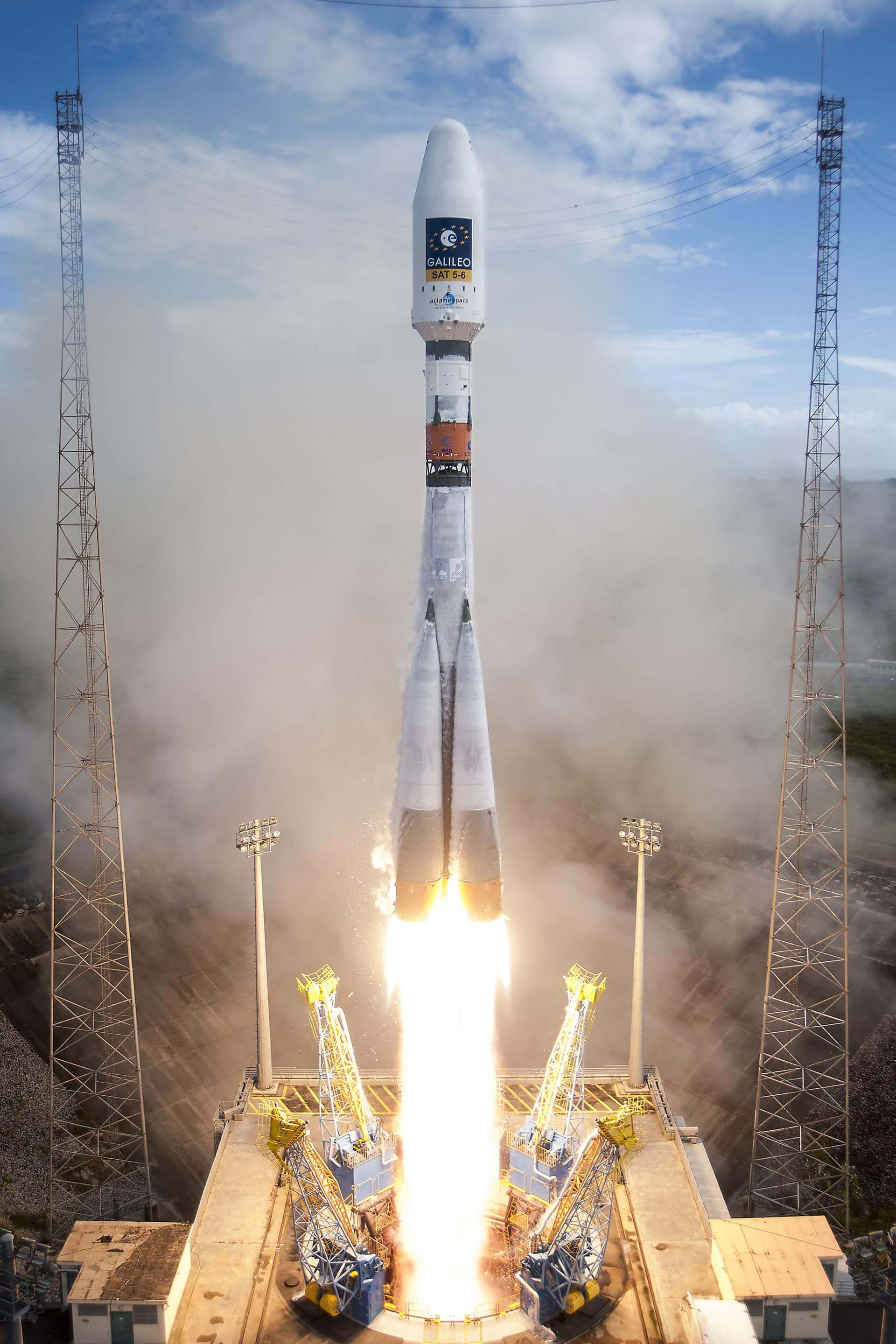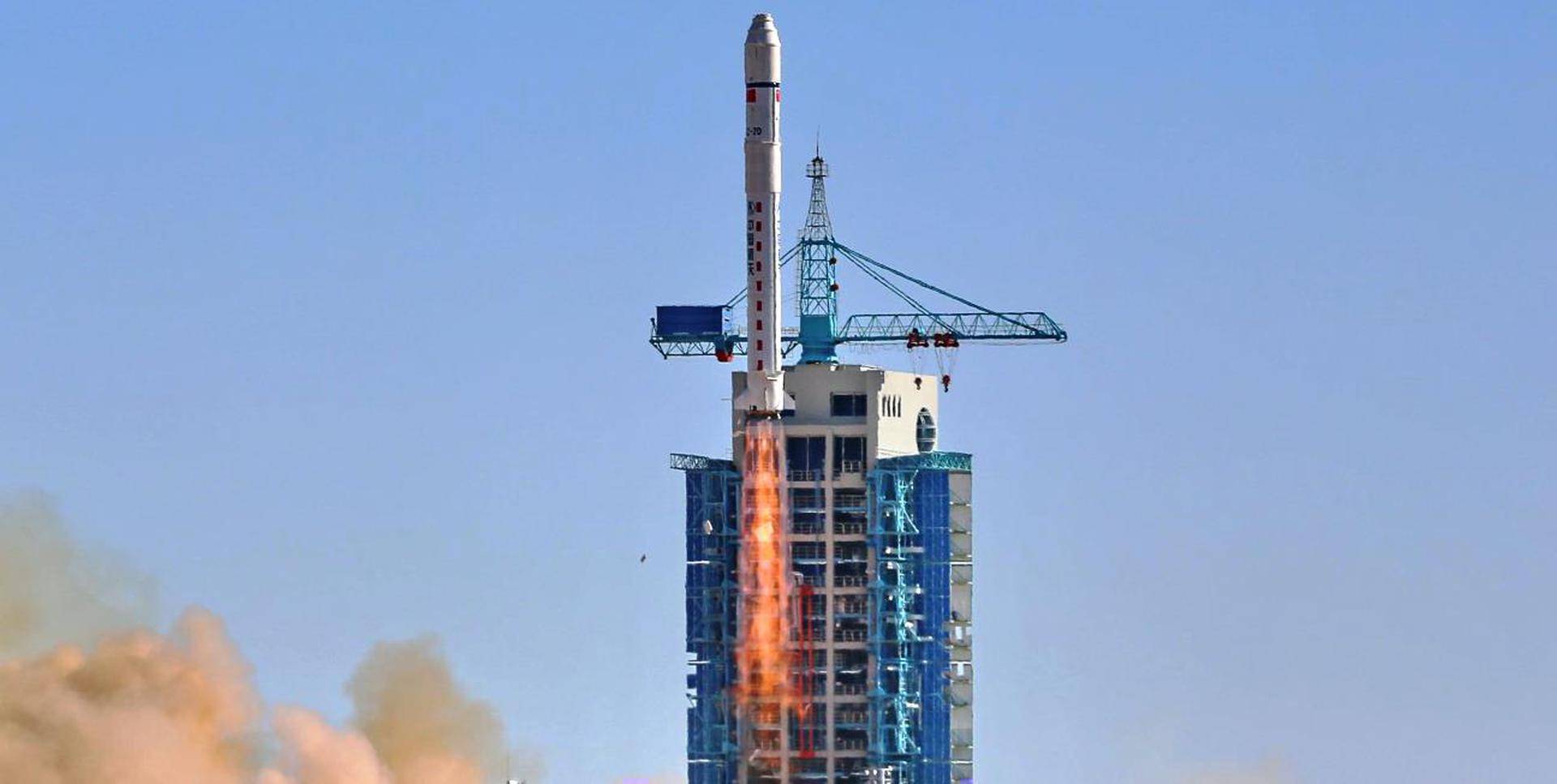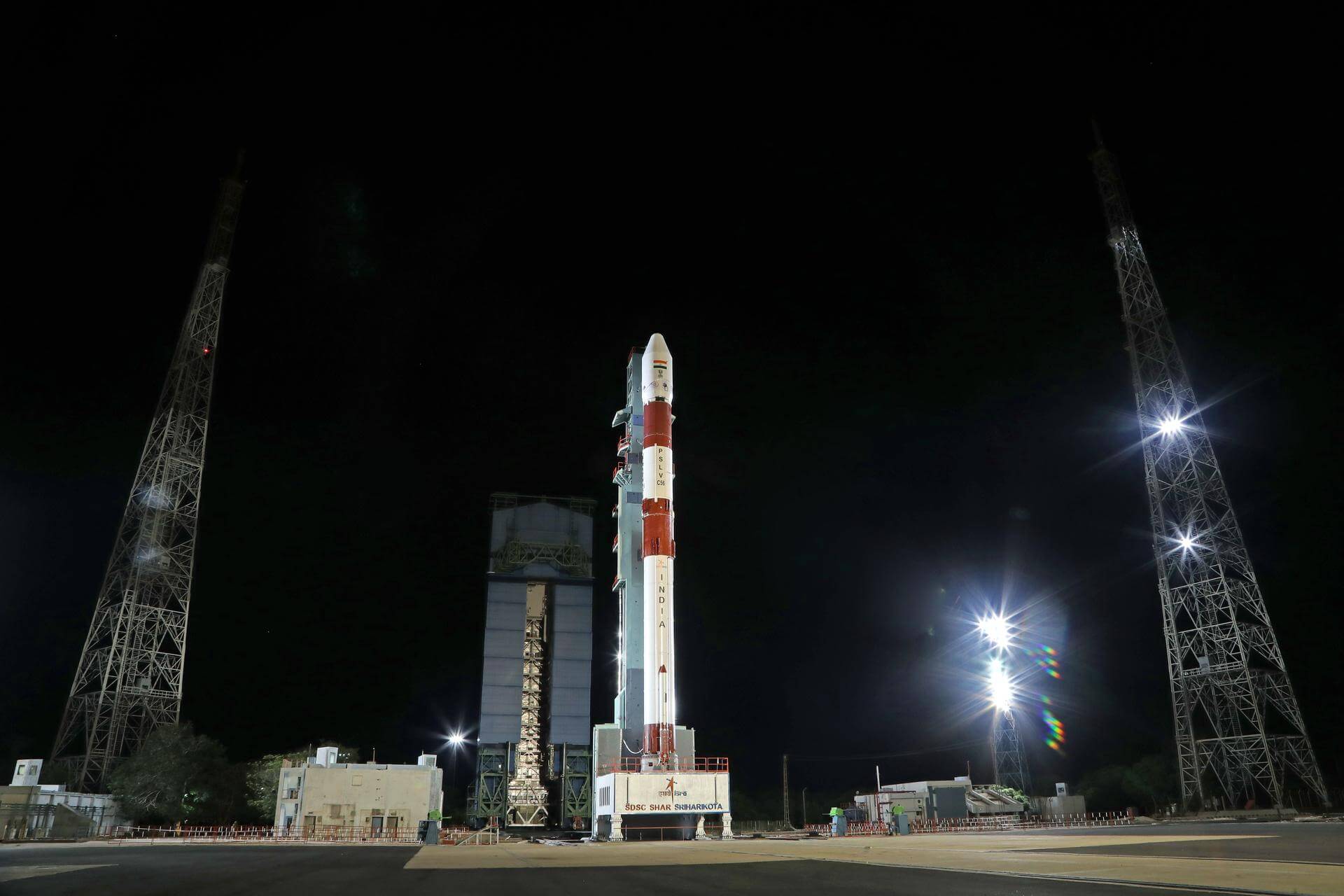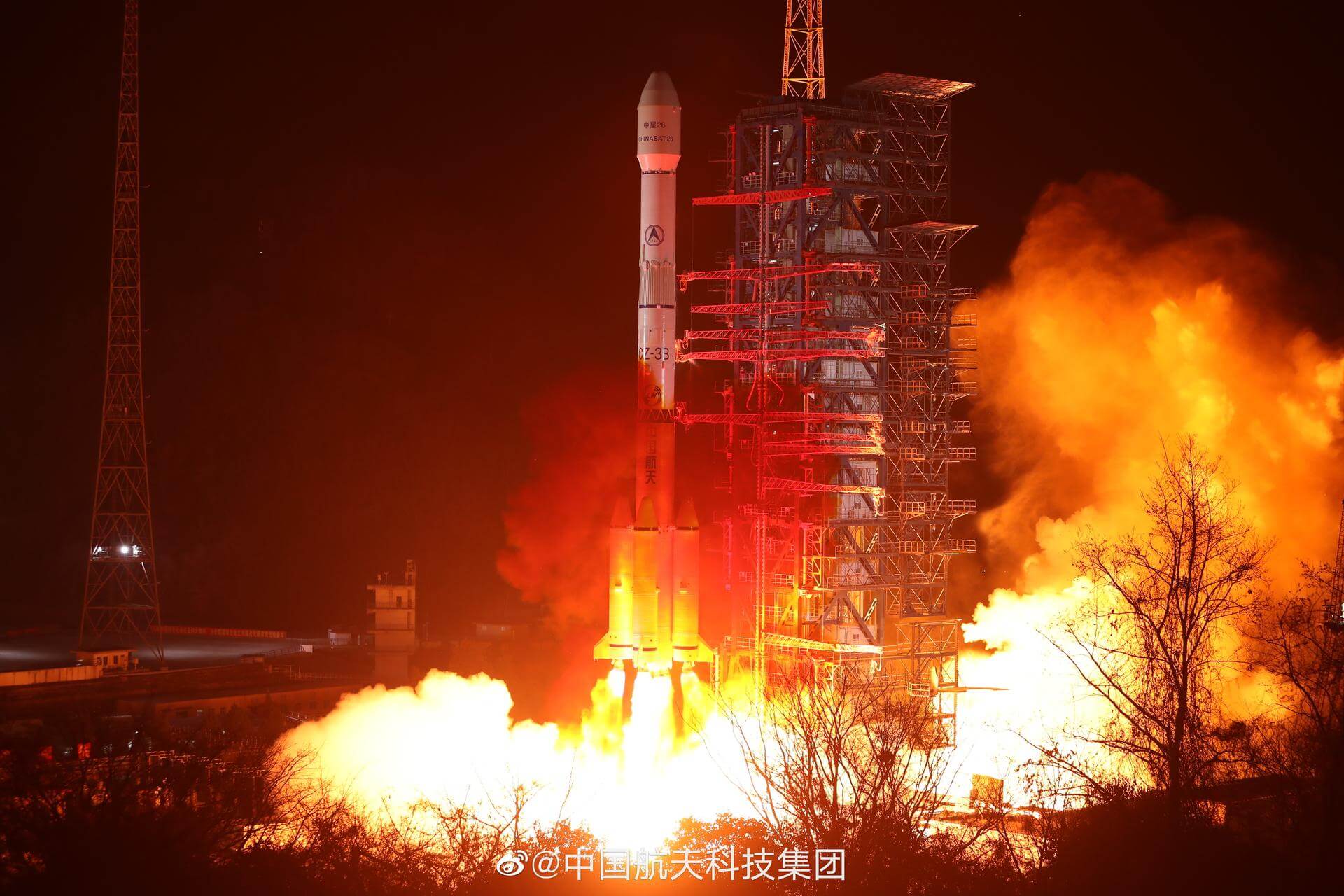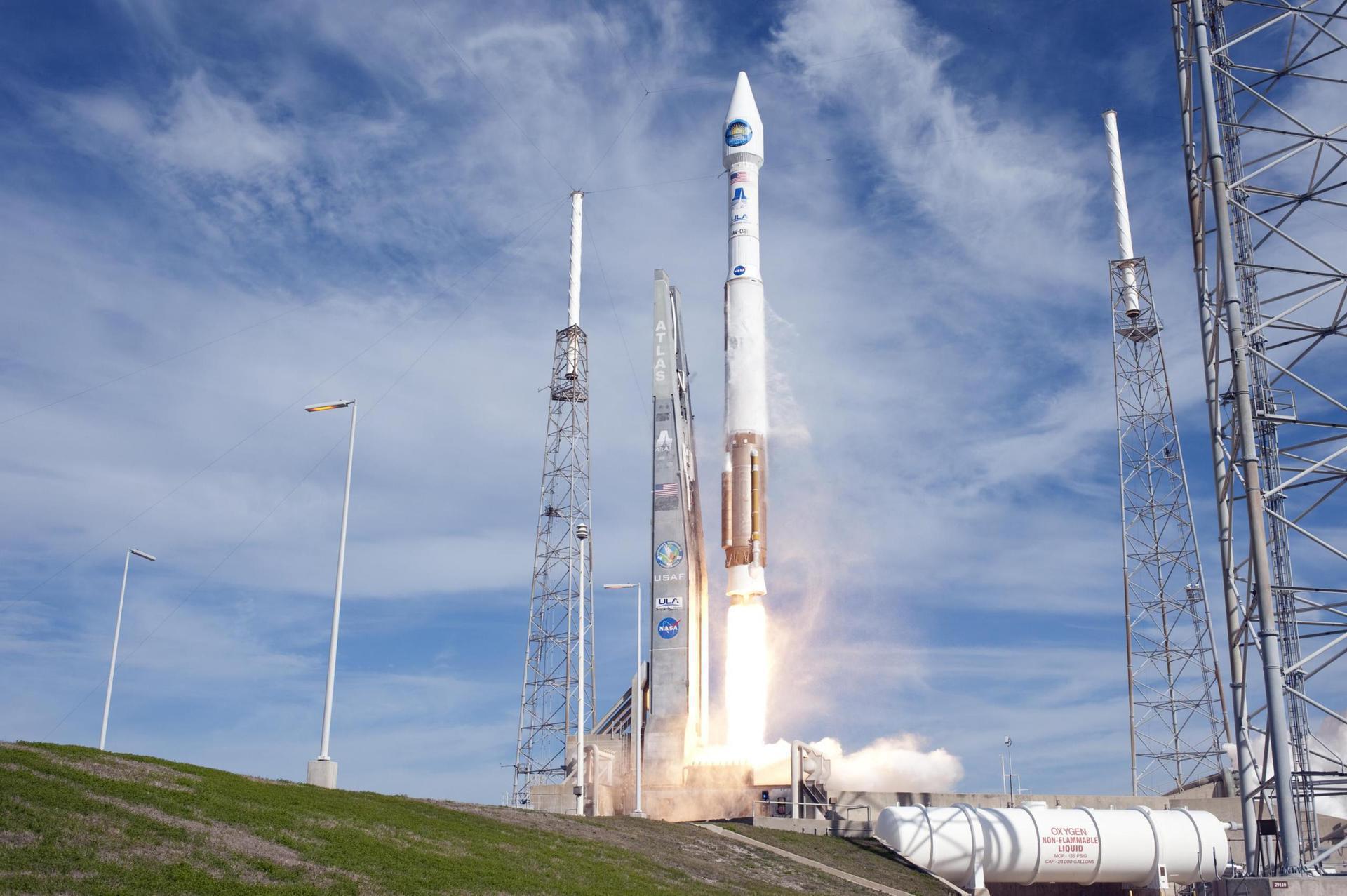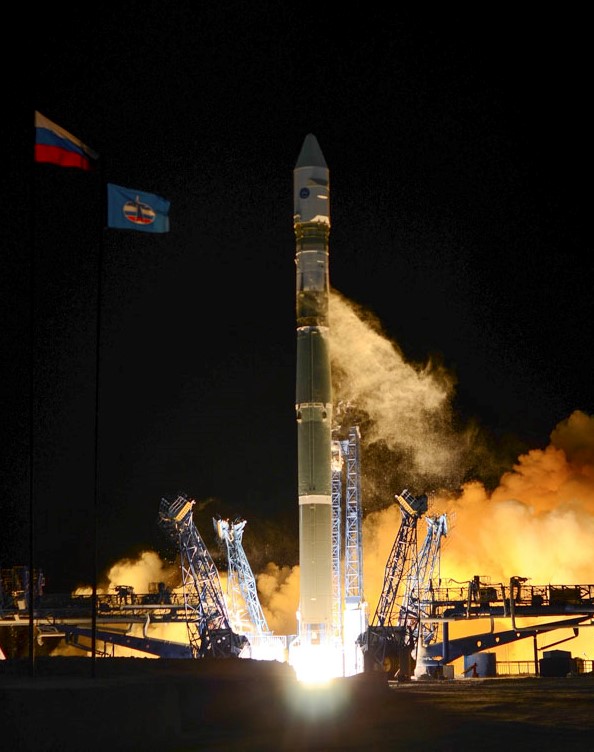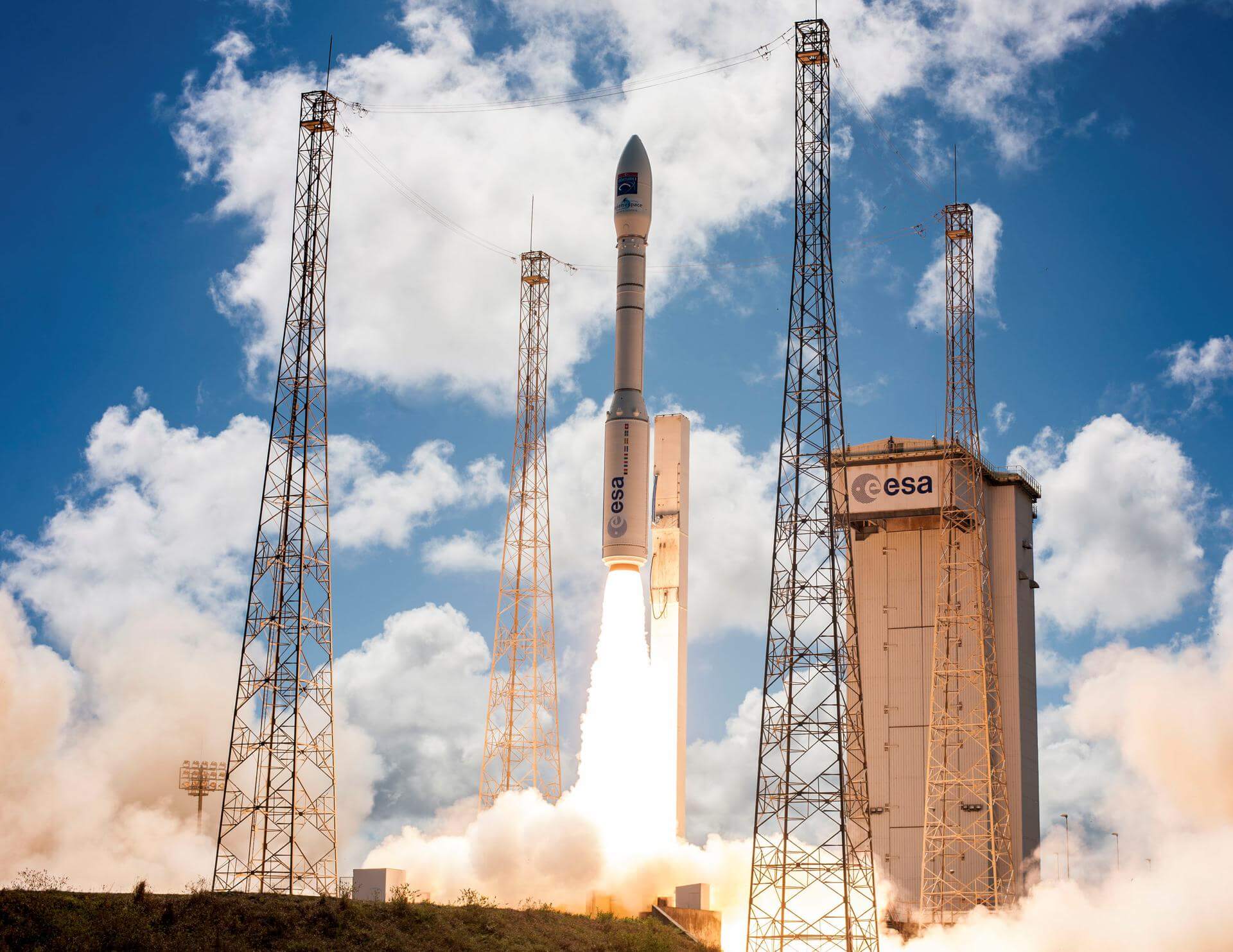Previous Spaceflight Launches
Filter by Agency, Locations or Vehicles
Show All LaunchesSoyuz STB/Fregat | Galileo L6 (FOC FM08-FM09)
Progress Rocket Space Center | RussiaGuiana Space Centre, French Guiana
Dec. 17, 2015, 11:51 a.m.
Status: Launch Successful
Mission:
The 7th and 8th Full Operational Capability satellites will be the 11th and 12th Galileo satellites launched, alongside the 6 FOC and 4 IOV spacecraft already in orbit. The Galileo constellation is ESA's satellite navigation system and is expected to be completed by 2020. Galileo will provide Europe with an alternative to the American GPS and Russian GLONASS constellations, but will be interoperable with both systems.
Medium Earth OrbitLong March 2D | DAMPE ( Wukong/Monkey King )
China Aerospace Science and Technology Corporation | ChinaJiuquan Satellite Launch Center, People's Republic of China
Dec. 17, 2015, 12:12 a.m.
PSLV-CA | TeLEOS-1
Indian Space Research Organization | IndiaSatish Dhawan Space Centre, India
Dec. 16, 2015, 12:30 p.m.
Status: Launch Successful
Mission:
At an altitude of 550km and an inclination of 10-15 degrees, TeLEOS 1 will be Singapore’s first commercial near equatorial orbit satellite. The craft was built by ST Electronics and can image the earth at 1 metre resolutions every 12-16 hours. The satellite weighs 400kg, is powered by 4 solar arrays and has a planned lifetime of 5 years.
Low Earth OrbitSoyuz FG | Soyuz TMA-19M
Progress Rocket Space Center | RussiaBaikonur Cosmodrome, Republic of Kazakhstan
Dec. 15, 2015, 11:03 a.m.
Status: Launch Successful
Mission:
Soyuz TMA-19M begins expedition 46 by carrying 3 astronauts to the International Space Station. NASA astronaut Tim Kopra, ESA astronaut Tim Peake, and Yuri Malenchenko of Roscosmos will launch aboard the Soyuz spacecraft from the Baikonur Cosmodrome in Kazakhstan and then rendezvous with the station. Tim Peake will be the first UK astronaut in space for over 20 years and the first every British citizen to visit the ISS. It landed on 18 June 2016 09:15 UTC
Low Earth OrbitProton-M Briz-M | Garpun No. 12L (Kosmos-2513)
Khrunichev State Research and Production Space Center | RussiaBaikonur Cosmodrome, Republic of Kazakhstan
Dec. 13, 2015, 12:19 a.m.
Zenit-3F | Elektro-L No.2
Russian Federal Space Agency (ROSCOSMOS) | RussiaBaikonur Cosmodrome, Republic of Kazakhstan
Dec. 11, 2015, 1:45 p.m.
Status: Launch Successful
Mission:
This is the second in a new generation series of meteorological satellites developed by the Russian Federal Space Agency. The satellite will operate in geostationary orbit and be primarily used for weather forecasting as well as monitoring the oceans and climate change. With a weight of ~1600kg the satellite has an expected lifespan of 10 years.
Geostationary Transfer OrbitLong March 3B/E | ChinaSat-1C
China Aerospace Science and Technology Corporation | ChinaXichang Satellite Launch Center, People's Republic of China
Dec. 9, 2015, 4:46 p.m.
Atlas V 401 | Cygnus CRS Orb-4 (S.S. Deke Slayton II)
United Launch Alliance | United States of AmericaCape Canaveral SFS, FL, USA
Dec. 6, 2015, 9:44 p.m.
Status: Launch Successful
Mission:
This is the 4th mission under NASA's Commercial Resupply Service agreement with Orbital ATK. The unmanned Cygnus cargo vessel delievered approximately 3,500 kg (7,700 lbs.) of supplies and science experiments to the International Space Station. The craft features a longer, enhanced cargo module and remained berthed to the station for 2 months.
Low Earth OrbitSoyuz 2.1v/Volga | Kanopus-ST (Kosmos 2511) & KYuA-1 (Kosmos 2512)
Progress Rocket Space Center | RussiaPlesetsk Cosmodrome, Russian Federation
Dec. 5, 2015, 2:08 p.m.
Vega | LISA Pathfinder
Avio S.p.A | ItalyGuiana Space Centre, French Guiana
Dec. 3, 2015, 4:04 a.m.
Status: Launch Successful
Mission:
LISA Pathfinder will pave the way for future missions by testing in flight the very concept of gravitational wave detection: it will put two test masses in a near-perfect gravitational free-fall and control and measure their motion with unprecedented accuracy. LISA Pathfinder will use the latest technology to minimise the extra forces on the test masses, and to take measurements. The inertial sensors, the laser metrology system, the drag-free control system and an ultra-precise micro-propulsion system make this a highly unusual mission.
Heliocentric L1